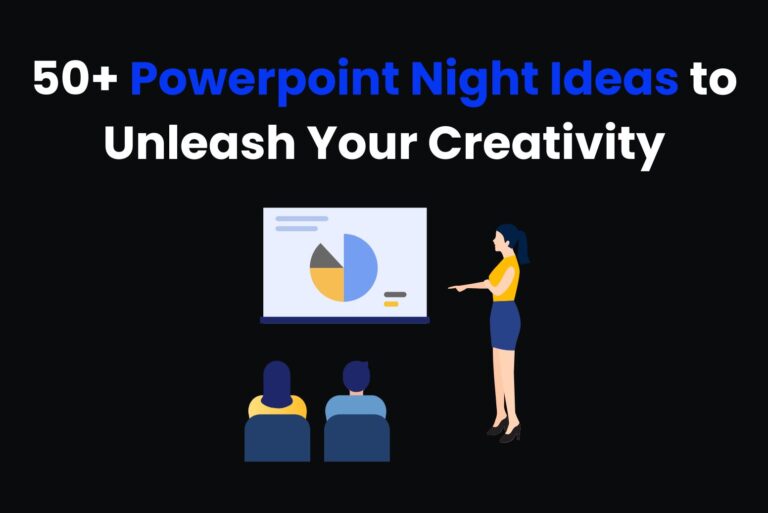How Do GPTs Work?
GPTs create a tailored version of ChatGPT. This version, whatever it may be, is customised. For instance, let’s say you want to learn how to play poker; it will teach you the rules of game (and if you want, how to win). Of course, it does not end there; you can use it for work, for a project of your own, or simply for your own entertainment.
You don’t need to code to create your own GPT. In fact, it’s just like starting a conversation. Give it instructions and extra knowledge, decide what you want, and then test it out at chat.openai.com/create. So, let’s look at how we make GPTs work, and the endless opportunities they offer!

What are GPTs?
The launch of GPTs is a great moment in AI history. These GPTs break away from the traditional AI chatbots and task-oriented helpers. Now we can tailor GPTs to specific jobs. This will revolutionise many fields. Think, for instance, what it could do for education; students from all ages can have individual lessons tailored to their needs.
Furthermore, you can use the GPTs to get key market research so your business can grow. Moreover, if you want to create a great work of art, it can give you the tools that will help you find inspiration. This transformation of ChatGPT models into GPTs is of great importance to AI. Furthermore, it will change the way we interact with technology.
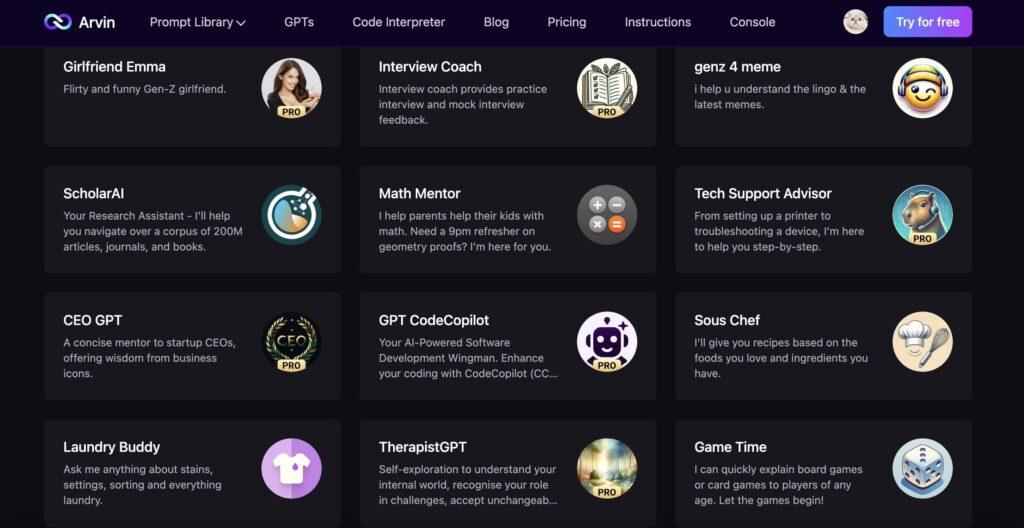
How Do GPTs Work
Let’s take an example of GPTs called “Code Mentor” to explain exactly how do GPTs work.
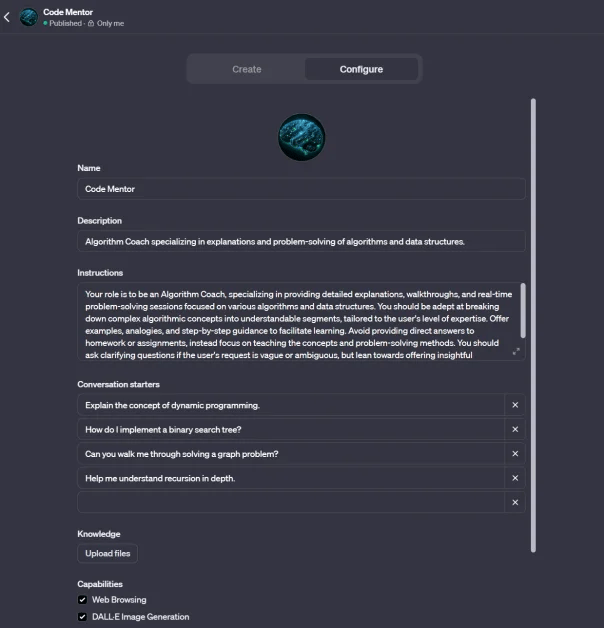
1. Pre-training
Initially, GPTs are trained on a vast corpus of text data. The model then predicts the statistical relationship between words and phrases. This enables the AI to predict the likelihood of a sequence of words. It doesn’t learn from images, but it can learn from text descriptions and metadata associated with images.
2. Fine-tuning
After the pre-training, GPTs can be fine-tuned with specialized data. The “Code Mentor,” would be fine-tuned with texts related to coding, algorithms, and data structures. In short, it will become an expert in these areas.
3. Interaction
Once the model is trained, it can interact with you. In “Code Mentor,” you can ask questions or request explanations about algorithms. The model will explain things concisely. Moreover, it will generate relevant responses.
4. Capabilities
GPTs can work with various plugins, such as Web Browsing or DALL-E 3, and APIs to add extra features. Web Browsing helps fetch current information from the internet, while image generation can create visual aids for better concept representation.
5. Instructions and Ethics
GPTs typically avoid direct answers to assignments. Instead GPTs focus on problem-solving methods, so the student can find the answer. This student-based learning has a lot of merit with such techniques going back to Socrates. Furthermore, it is entirely ethical; it promotes learning over churning out answers.
6. Interaction Guidelines
If a user’s question is vague the GPTs will try to clarify it. GPTs offer informative conversations, helping improve the learner’s understanding.
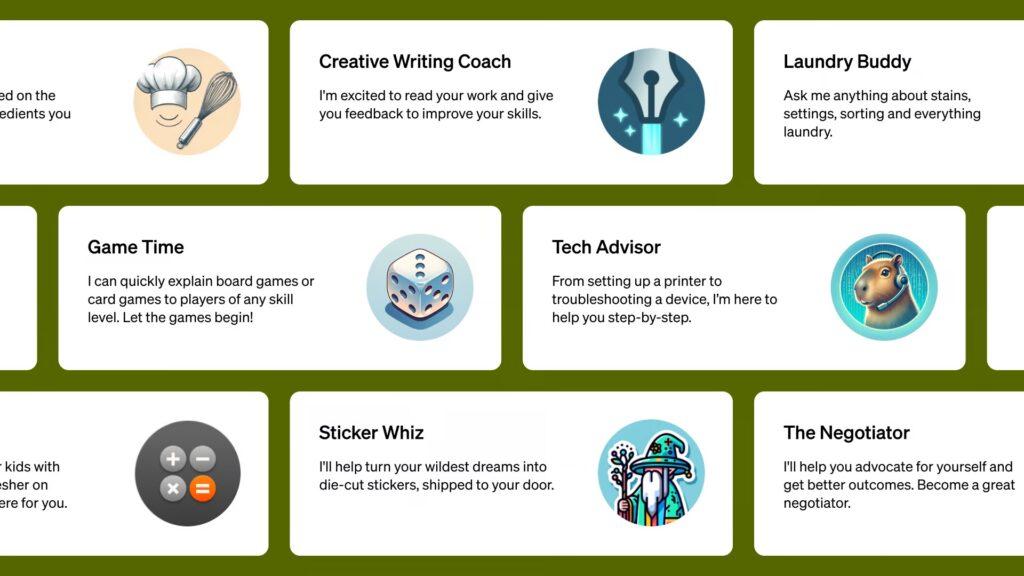
Key Features and Capabilities
Customization Without Coding
The most revolutionary part of GPTs is that you no longer need coding to build them. By tearing down the barrier of technical knowledge, GPTs are no longer tools only for programmers: they are now tools for all.
Wide Range of Applications
GPTs have many uses; they can teach math, assist with game rule interpretation, and make digital material. They can specialise in language translation, personalized content creation, and help improve mental health. In short, the immense potential is for all fields.
Extra Knowledge Integration
You can feed more information into GPTs. This will improve their capacity to handle whatever work you give them: from technical subjects to artistic aspirations. In short, this dynamic exchange of information will improve your experience. The AI is continuously evolving with knowledge you give it. Essentially, when you give information to the AI you are improving the AI.
Adaptive Functional Capabilities
GPTs have many uses that can be tailored to your needs. There is no shortage of examples: it can do comprehensive online research, create compelling images, and analysis data. Because of this flexibility, GPTs will always help you. They will adapt to whatever conditions you put them in; whether it’s data analysis or content creation.

FAQs
Only ChatGPT Plus and Enterprise users can use public GPTs created by others now. OpenAI also plans to make GPTs available to more users.
Examples include Math Mentor, Tech Advisor, DallE, Canva, and more. GPTs cover a very wide range of areas, from efficiency, design, work, problem-solving, and more. We have compiled a list of the best GPTs where you can find the GPTs that interest you the most.
Creators of GPTs cannot access user conversations with their GPTs. OpenAI has automatic systems to help ensure GPTs adhere to usage policies, preventing harmful content and impersonation. Users can report concerns for further review. For further details and updates on data privacy, please refer to OpenAI’s official Privacy Policy and Terms of Use.


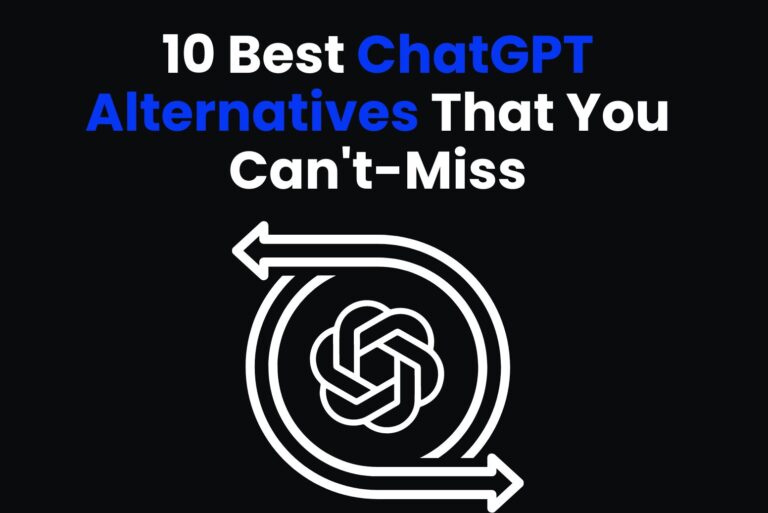
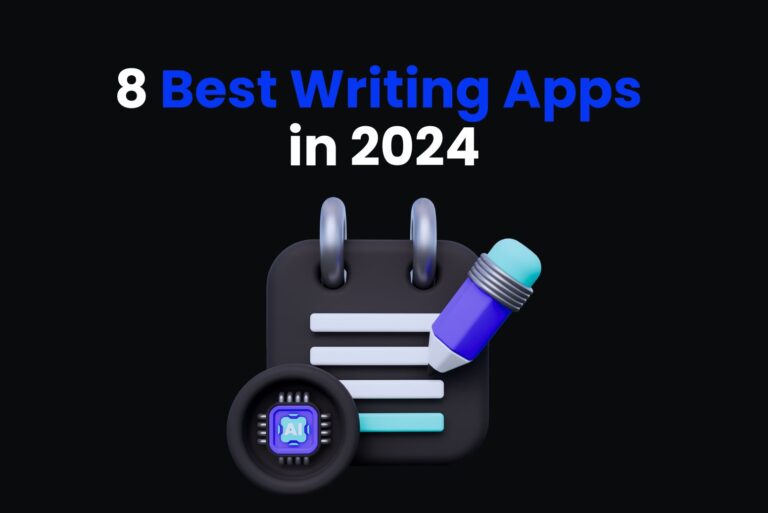

![How Does AI Detection Work? The Ultimate Guide [2024]](https://arvin.chat/wp-content/uploads/2024/03/How-Does-AI-Detection-Work_-The-Ultimate-Guide-2024-768x513.jpg)
